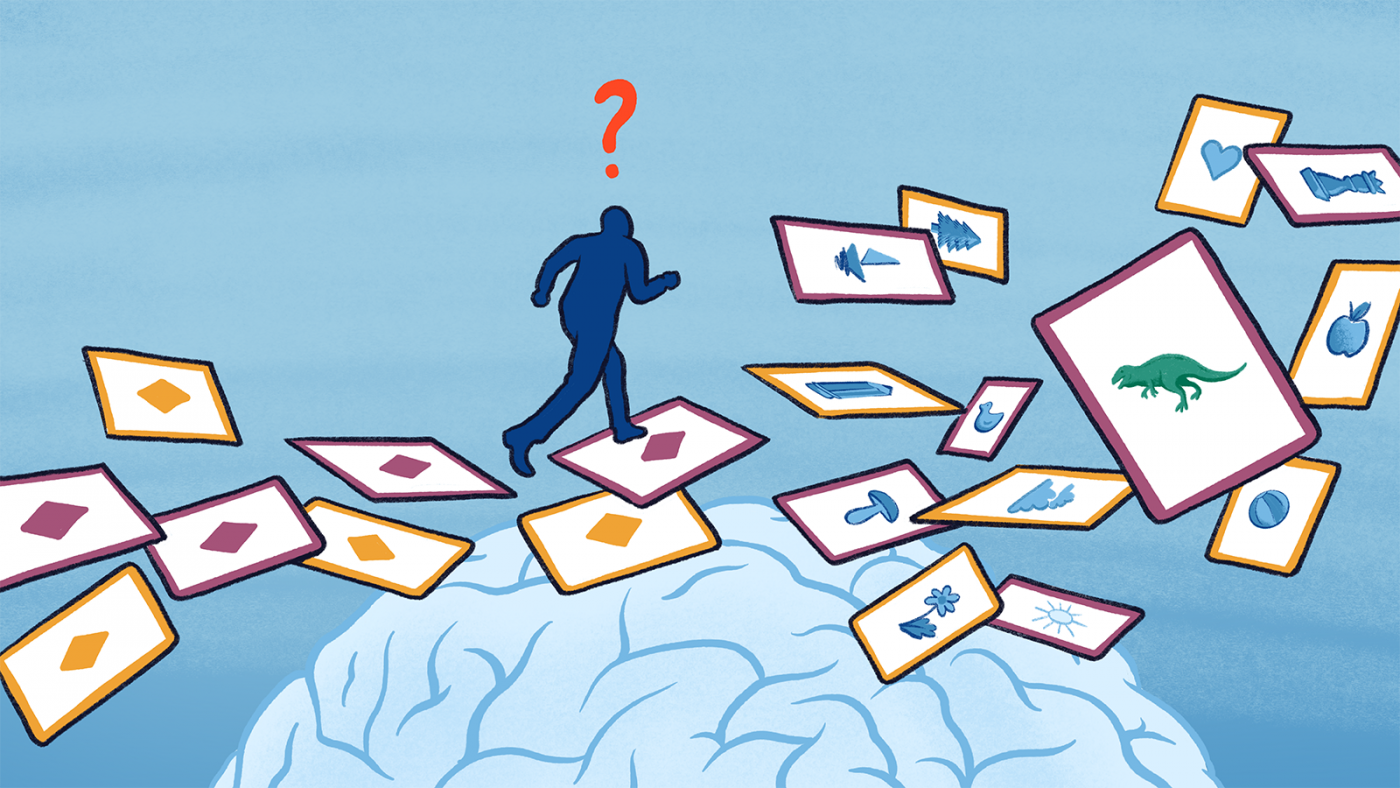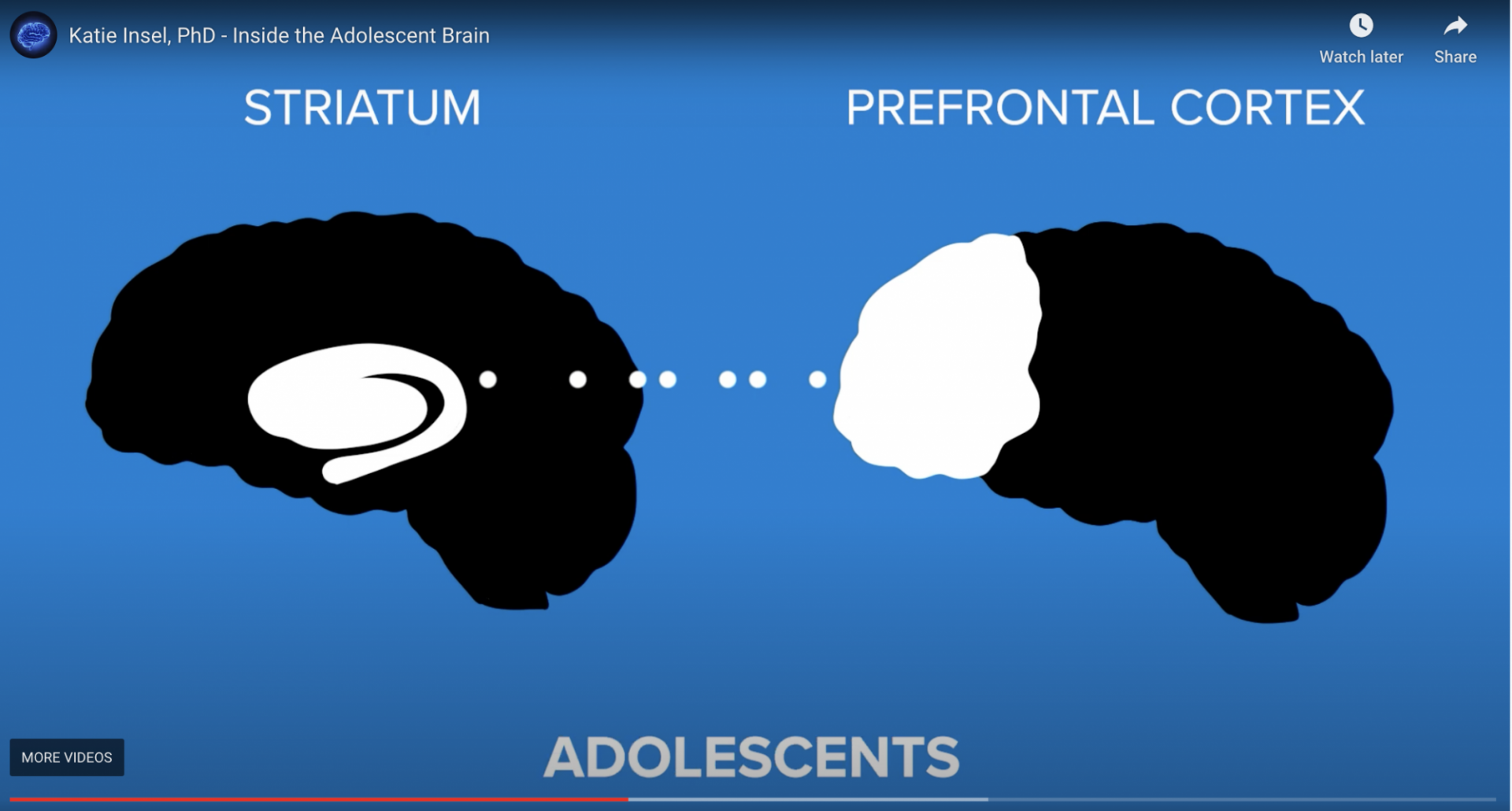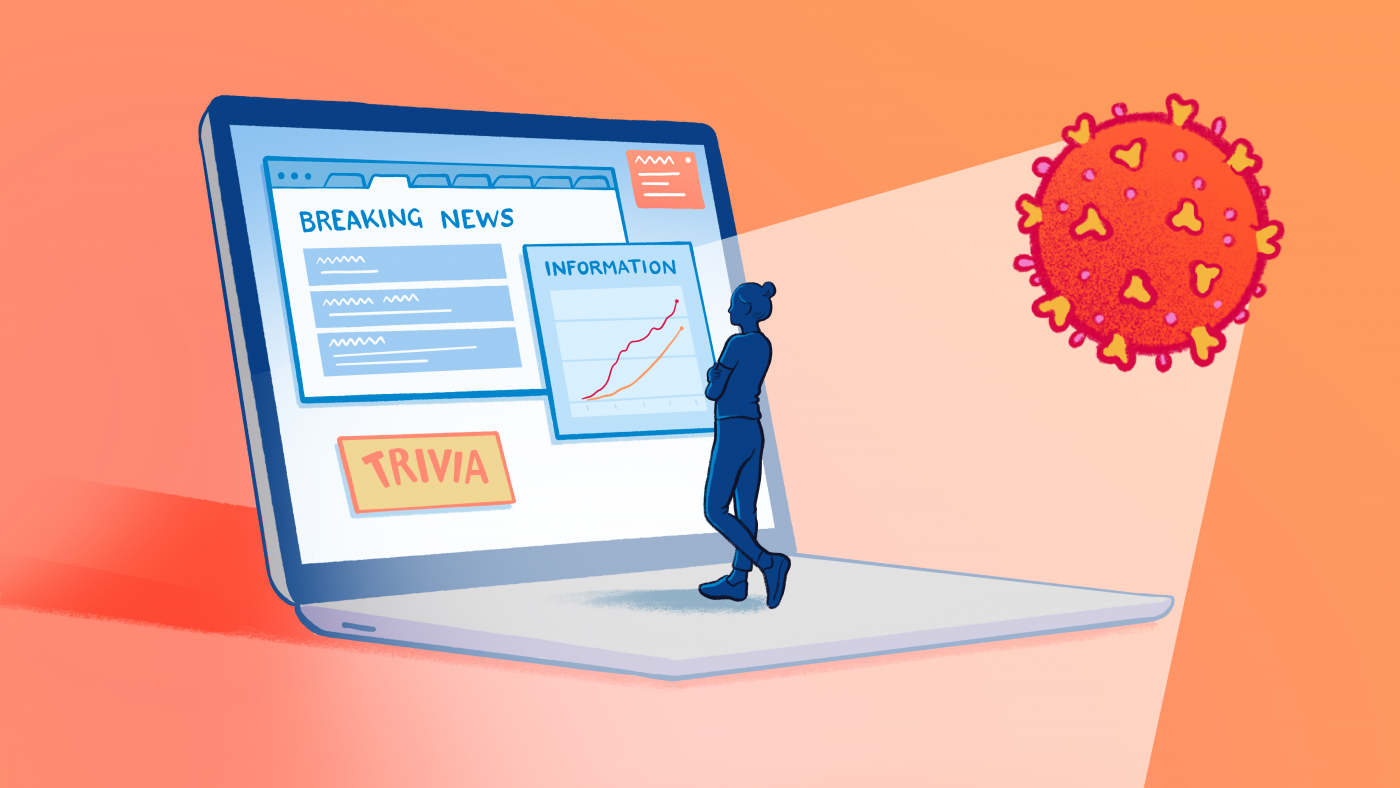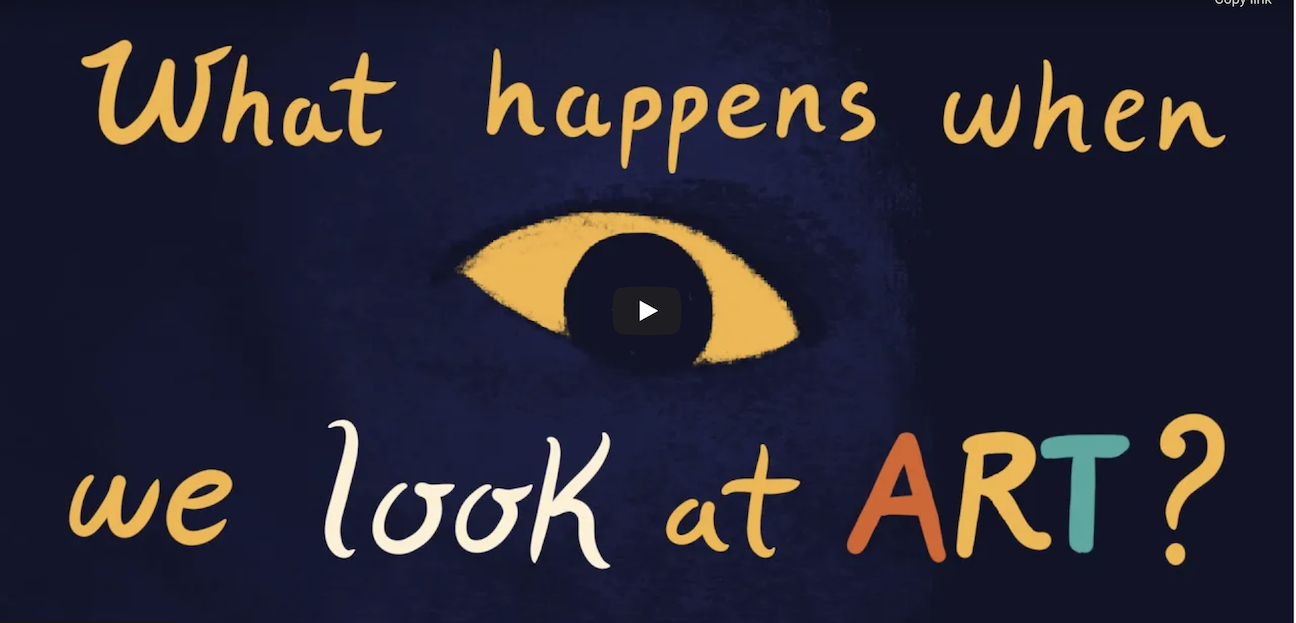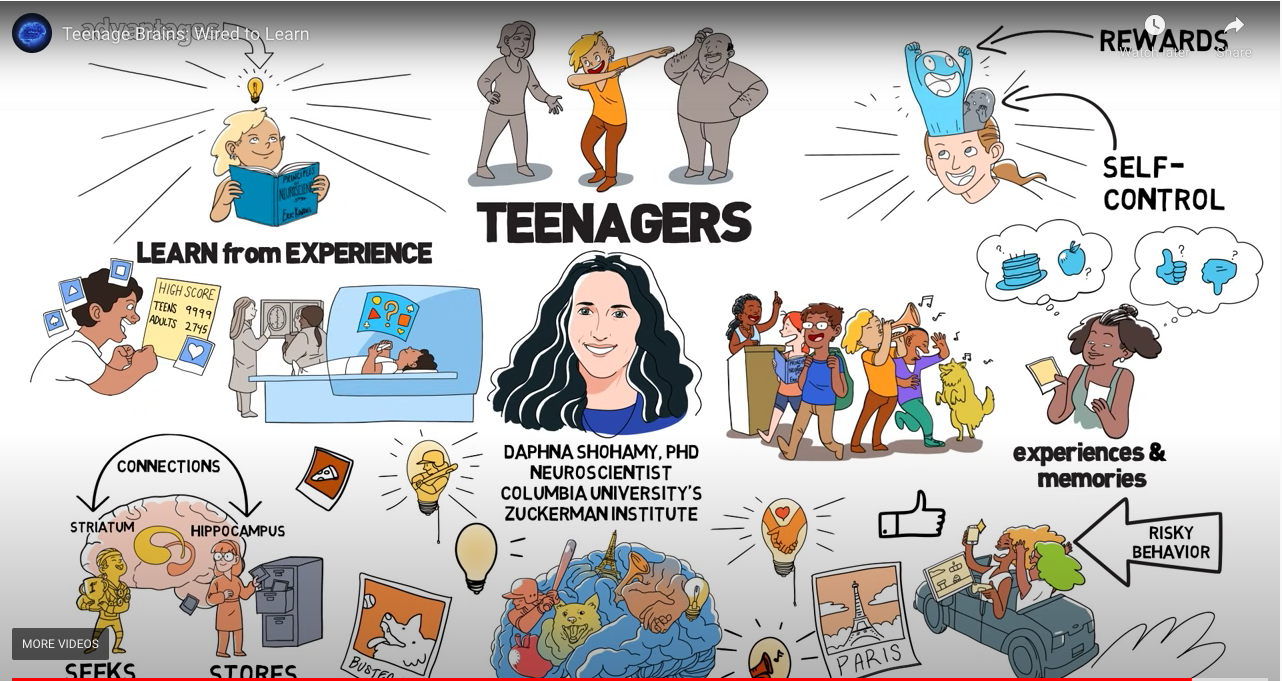Our Research
Our research focuses on the neural mechanisms underlying learning, memory, and decision-making. We adopt an integrative approach that draws broadly on neuroscience to make predictions about cognition and combine functional imaging (fMRI) with behavioral, computational, pharmacological, and patient studies in humans. This converging approach has led to the discovery of basic brain and behavioral mechanisms of learning and of how learning is generalized to guide decision making. In parallel, we have applied this basic approach towards understanding subtle changes in behavior across a range of disorders.
Our work addresses four central questions:
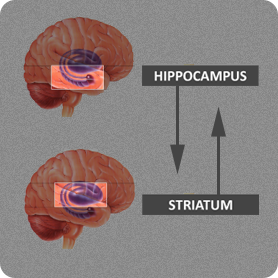
We are interested in characterizing when and how different brain systems for learning interact and whether this interaction is competitive or cooperative. We focus on two main brain systems for learning - one in the striatum and the other in the hippocampus. Traditionally, the striatum and hippocampus were thought to support independent and distinct learning systems. We have demonstrated that there is cross-talk between these systems during learning, raising questions about the nature of this interaction and its significance for learning and decision making. We are now investigating how this cross-talk is impacted by several key factors, including: motivation and feedback, social context of learning, aging, and genetic differences between learners.
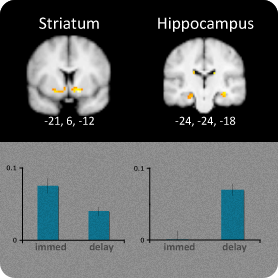
Dopamine is thought to play a key role in motivation, affect and learning. We are interested in understanding how dopamine modulates learning in both the striatum and the hippocampus. Dopamine neurons project directly to the striatum and the hippocampus and dopamine plays an important role in modulating plasticity in both regions. We are conducting studies to understand what the implications are for how people learn, what they remember, and how learned experiences guide decisions.
To understand how dopamine modulates learning, we are looking at how changes to dopamine levels impact learning and decision making. We do so by looking at behavior in diseases that affect dopamine transmission (such as Parkinson's disease and schizophrenia), by manipulating dopamine levels in healthy people (pharmacologically), and by linking individual variability in dopaminergic transmission to variability in behavior (genetics).
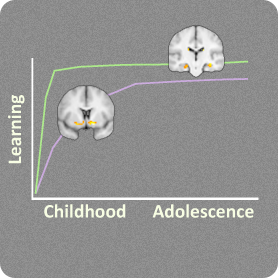
We are working to characterize the developmental trajectory of different forms of learning (e.g. implicit vs. explicit) and how they relate to developmental changes in the striatum, the hippocampus, and their dopaminergic inputs. We are especially interested in brain development during adolescence and how it relates to both adaptive and maladaptive behaviors during this phase of development - both in the laboratory and in the classroom.
Adolescence is characterized by changes to dopaminergic processes and to the function of the striatum. We are interested in learning more about how the balance between multiple brain systems is impacted by adolescence and what this reveals for understanding adaptive and maladaptive behaviors during this phase of development, both in the laboratory and in the classroom.
Health
Much of our research takes place in individuals with neurological or psychiatric disease, including Parkinson's disease and schizophrenia. We aim to build on our empirical and theoretical work on the brain mechanisms underlying learning, memory and decision making to advance understanding, and possibly treatment, of cognitive and affective symptoms in neurological and psychiatric disease.
Education
Understanding how learning takes place in the brain has important implications for educational practice and policy. Linking basic science to the classroom is challenging. Our developmental studies aim to start laying the groundwork towards this effort. In parallel, we are talking to educators to try to develop a common language and start building the bridges that will allow translation of neuroscientific findings to education.
